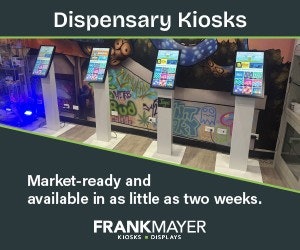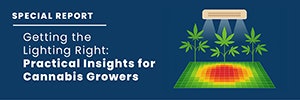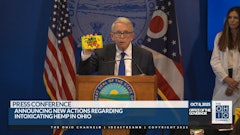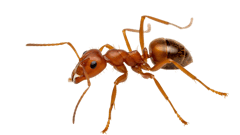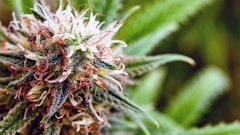MADISON, Wis. -PRESS RELEASE- Pharmaceutical and nutraceutical companies wanting to adapt their production lines to make COVID-19 test kits need to manage humidity to meet the stringent licensing requirements – but it doesn’t have to be a difficult process.
With the ongoing need for test kits globally, production facilities around the world are quickly converting their manufacturing processes to help meet the demand. But, with that decision to pivot, comes new regulations and standards they must adhere to. One key component is the ability to have total control over the environment, including temperature and humidity.
“While environmental controls are important when producing nutraceuticals, the level of precision needed when making testing kits is extremely high,” said Dan Dettmers, applications engineer at Quest. “There are a few simple steps to take that will help every manufacturer achieve those standards.”
The optimal relative humidity in a COVID-19 test-kit production facility is 22-35%. To achieve that, consistently, Dettmers recommends taking these two steps:
- Infiltration issues – Ensure you have control of doorways and other areas where outside air, loaded with moisture, may infiltrate your room
- Add desiccant dehumidification – It’s important to select a desiccant dehumidifier, given their ability to maintain a constant, precise humidity level. Unlike a refrigerant dehumidifier, desiccant units never have to shut off or “cycle,” meaning they will keep relative humidity in a 1-2 percent range.
“This may sound overly simplified, but the big difference is using a desiccant dehumidifier,” Dettmers said. “It allows for such precision – critical when producing medical supplies such as COVID-19 testing kits.”
Of course, understanding how to size your room and determine how much dehumidification is needed also is important, Dettmers said. Everything from square footage to the number of people working in the room will affect what size desiccant dehumidifier is correct for your facility.
Given the variables, Dettmers said it’s best to work directly with an expert.
“I’ve spent two decades helping processors and manufacturers fine tune their humidity control,” Dettmers said. “Once I understand the layout, production, square footage, HVAC specifications, and several other inputs, I can quickly determine the best approach.”



